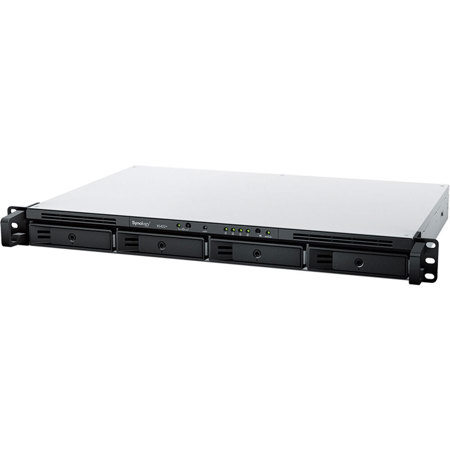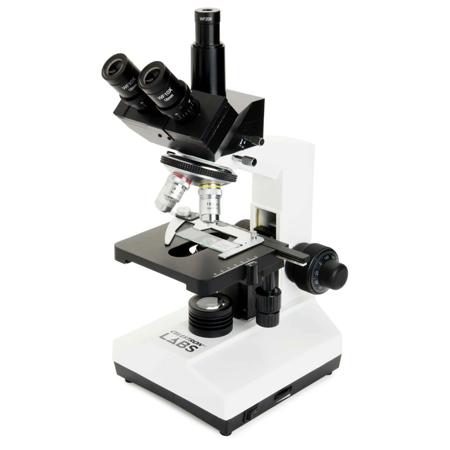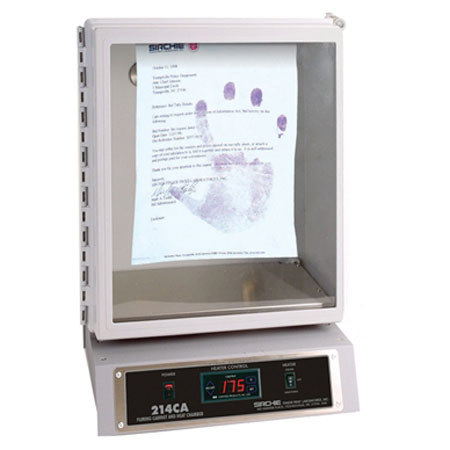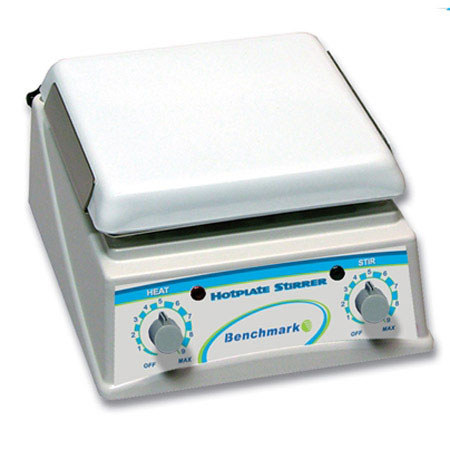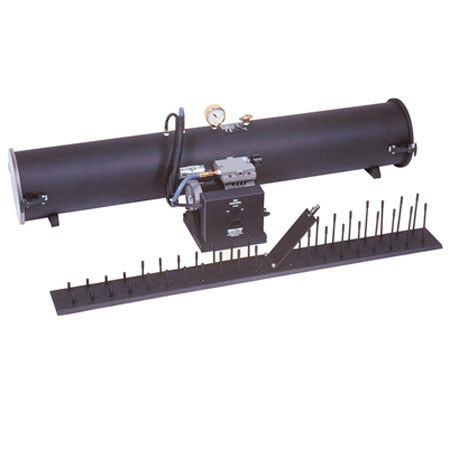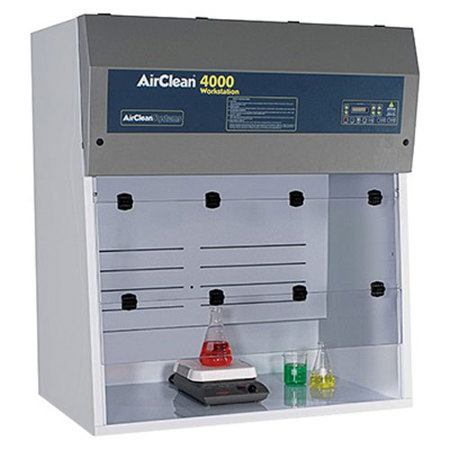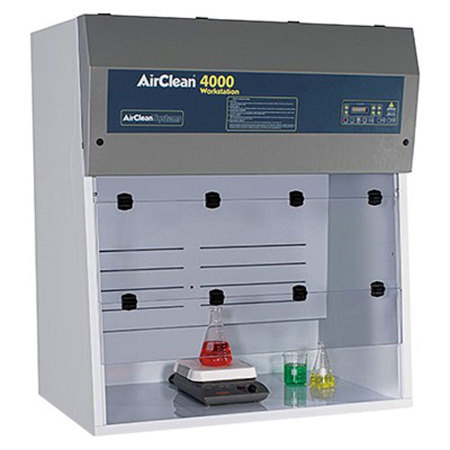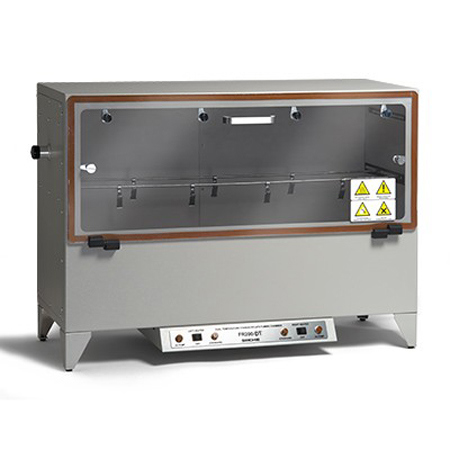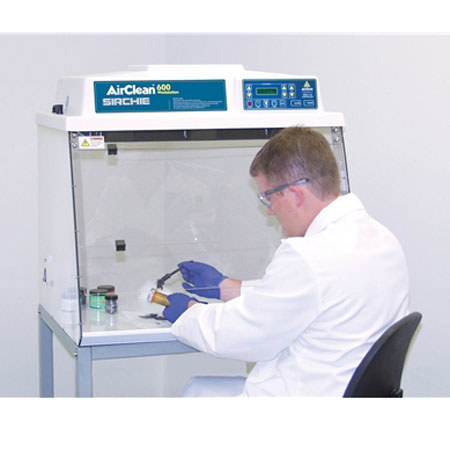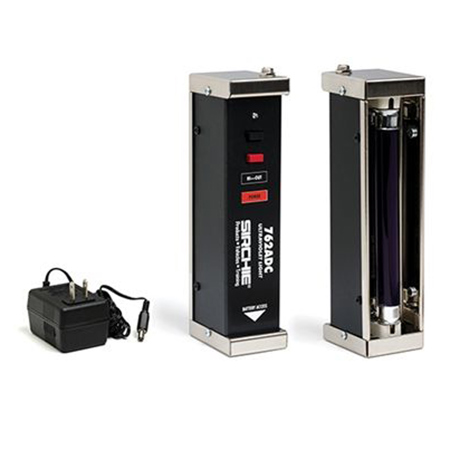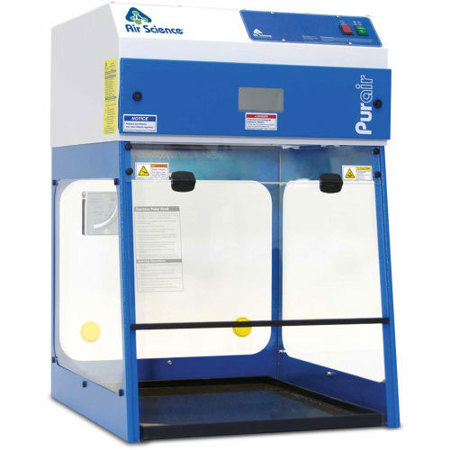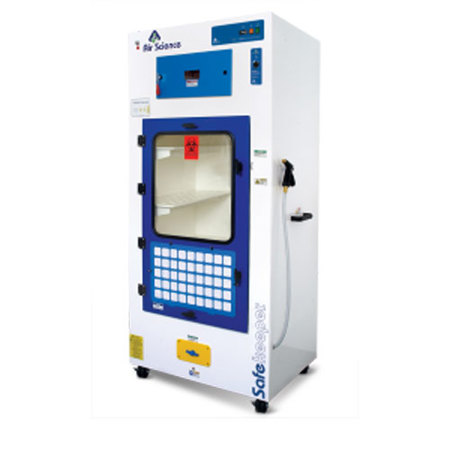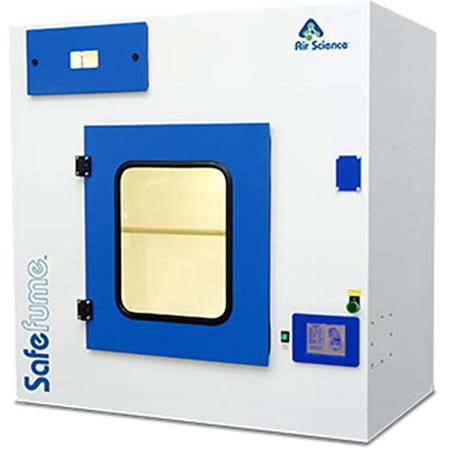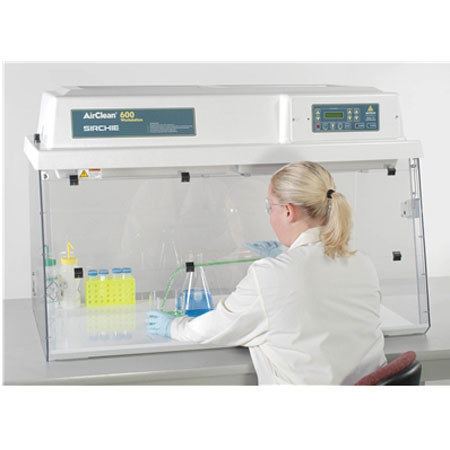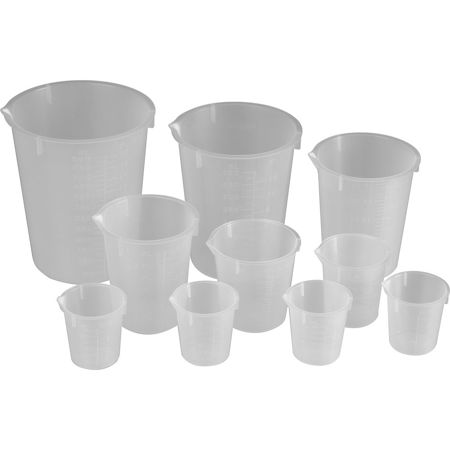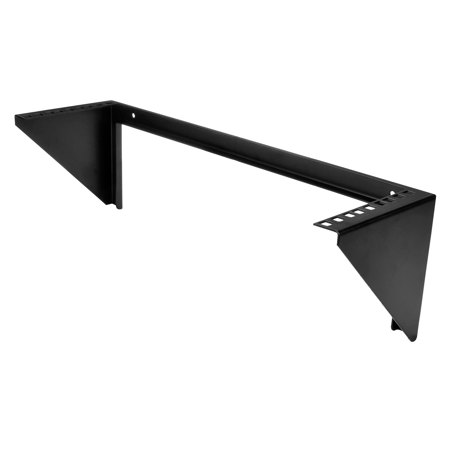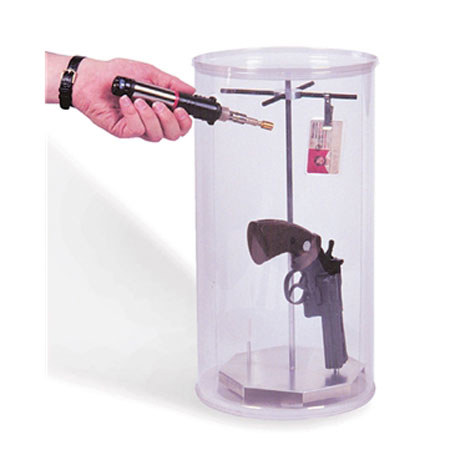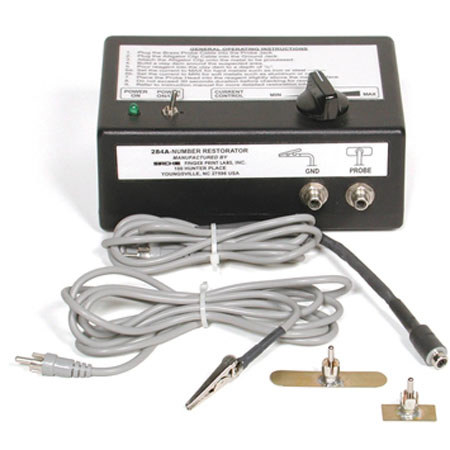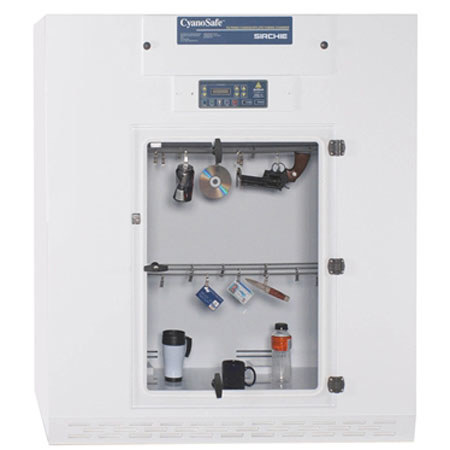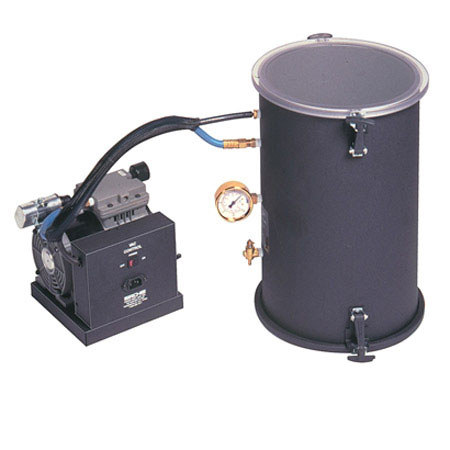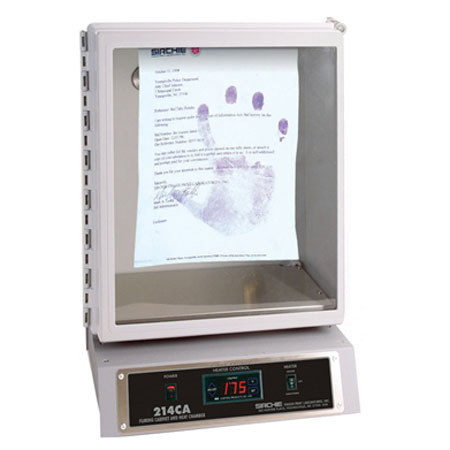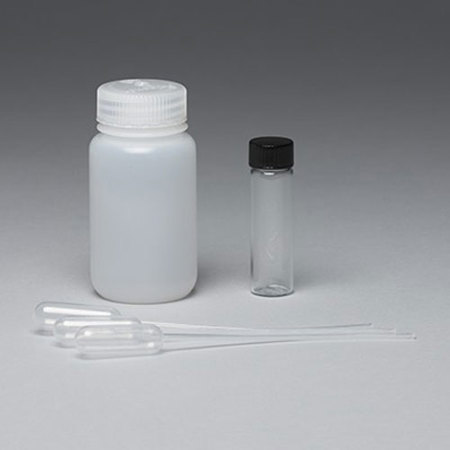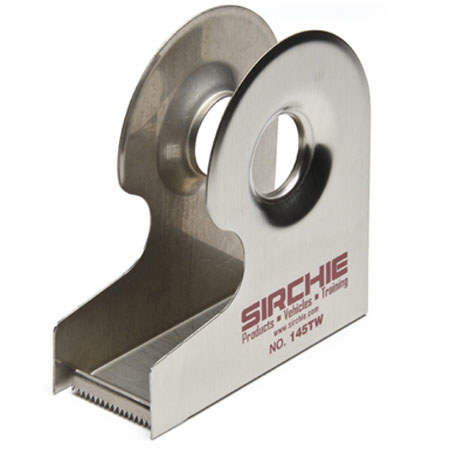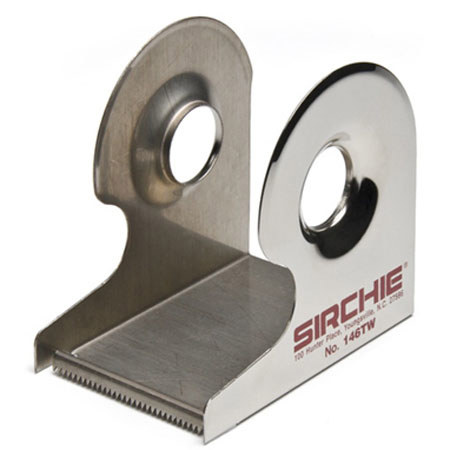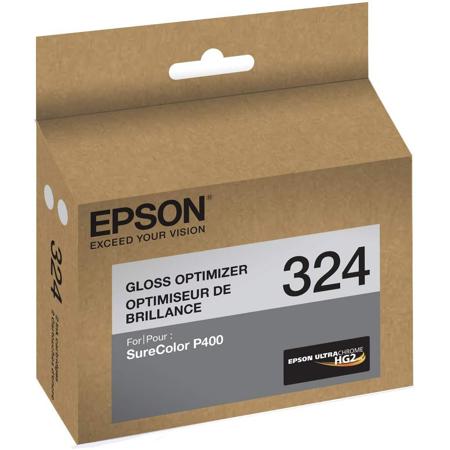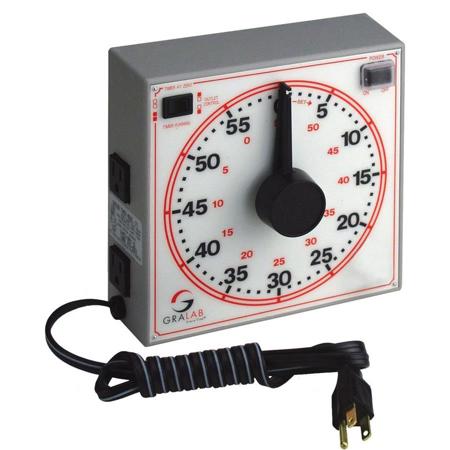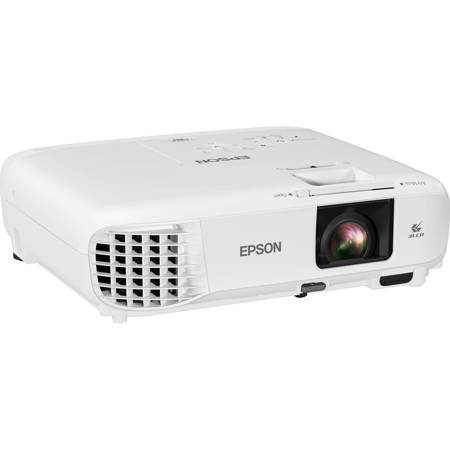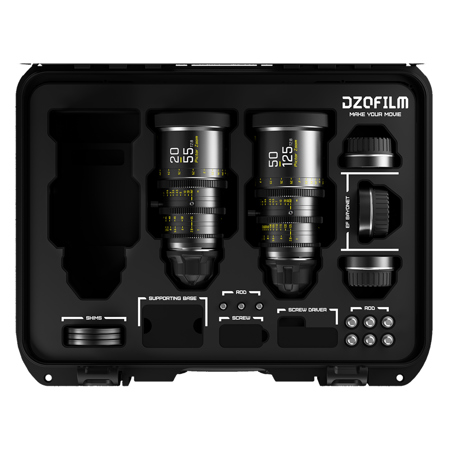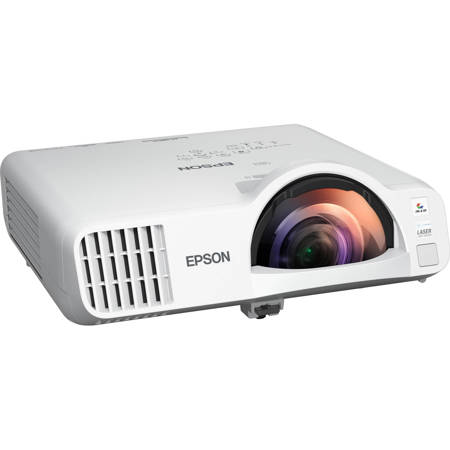Home Lab Equipment
Building a home lab is a rewarding journey for technology enthusiasts, professionals, and lifelong learners alike. Whether you’re setting up your first small network for hands-on learning or assembling a robust environment for advanced development and experimentation, the right equipment is essential for both functionality and growth. Summer is an ideal time to dive into new projects—longer days and flexible schedules often translate into more hours for tinkering, experimenting, or upskilling. Home lab setups can be as simple as a single server running virtual machines or as complex as a rack-mounted array of networking gear, storage solutions, and dedicated monitoring tools. Many users start with a modest configuration—perhaps a repurposed desktop or compact server—before expanding into more specialized hardware like network switches, firewalls, and NAS devices as their interests and requirements evolve. Physical organization is just as important as digital architecture; racks, patch panels, and cable management accessories keep your workspace efficient and safe, especially as your collection of devices grows.
Selecting the right home lab equipment depends on your goals and the scale of your ambitions. Networking hardware is the backbone of any lab, with routers and switches providing connectivity and flexibility for everything from security testing to home automation. Power management tools such as uninterruptible power supplies (UPS) safeguard your work against unexpected outages, while backup solutions ensure your data and projects remain protected. Virtualization platforms and containerization software enable you to simulate real-world environments, test new configurations, or run multiple services simultaneously—ideal for IT professionals, students, and hobbyists looking to sharpen their skills. Compact, energy-efficient devices like single-board computers are perfect for experimenting with automation, IoT projects, or lightweight server tasks. Monitors and KVM switches streamline interaction with multiple systems, making your workflow more productive and less cluttered. For those gifting home lab equipment, consider the recipient’s interests: a budding network engineer, a computer science student, or a tech-savvy friend will appreciate tools that unlock new learning opportunities or make daily tasks more efficient. And as the complexity of your setup increases, don’t overlook the importance of safety; investing in proper Lab Safety Equipment helps create a secure and organized environment for every project.
The versatility of home lab equipment means there’s something for everyone, from educators building classroom simulations to content creators hosting media servers or developers testing new software stacks. As you explore the possibilities, think about future expansion—modular racks, scalable storage, and adaptable software platforms can grow with your skills and ambitions. The satisfaction of designing and maintaining your own lab goes beyond technical achievement; it’s about curiosity, creativity, and the freedom to build, break, and rebuild in your own space. With the right foundation, your home lab becomes a launchpad for learning, innovation, and personal growth, ready to support everything from summer experiments to year-round discovery.
Selecting the right home lab equipment depends on your goals and the scale of your ambitions. Networking hardware is the backbone of any lab, with routers and switches providing connectivity and flexibility for everything from security testing to home automation. Power management tools such as uninterruptible power supplies (UPS) safeguard your work against unexpected outages, while backup solutions ensure your data and projects remain protected. Virtualization platforms and containerization software enable you to simulate real-world environments, test new configurations, or run multiple services simultaneously—ideal for IT professionals, students, and hobbyists looking to sharpen their skills. Compact, energy-efficient devices like single-board computers are perfect for experimenting with automation, IoT projects, or lightweight server tasks. Monitors and KVM switches streamline interaction with multiple systems, making your workflow more productive and less cluttered. For those gifting home lab equipment, consider the recipient’s interests: a budding network engineer, a computer science student, or a tech-savvy friend will appreciate tools that unlock new learning opportunities or make daily tasks more efficient. And as the complexity of your setup increases, don’t overlook the importance of safety; investing in proper Lab Safety Equipment helps create a secure and organized environment for every project.
The versatility of home lab equipment means there’s something for everyone, from educators building classroom simulations to content creators hosting media servers or developers testing new software stacks. As you explore the possibilities, think about future expansion—modular racks, scalable storage, and adaptable software platforms can grow with your skills and ambitions. The satisfaction of designing and maintaining your own lab goes beyond technical achievement; it’s about curiosity, creativity, and the freedom to build, break, and rebuild in your own space. With the right foundation, your home lab becomes a launchpad for learning, innovation, and personal growth, ready to support everything from summer experiments to year-round discovery.

